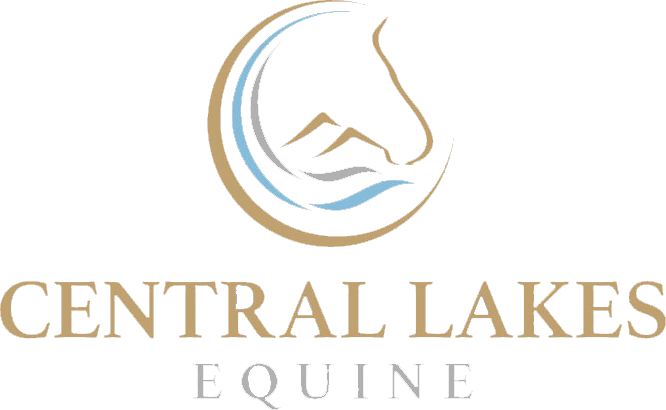The red line here indicated stretching of the white line. When the non-sensitive laminae are weakened they stretch under the normal mechanical forces. Also note the bruising that occurs from tearing of the sensitive laminae and subsequent bleeding.
What is laminitis?
Strictly speaking, laminitis is the inflammation of a soft tissue structure called the Laminae; this forms a strong attachment between the pedal bone to the hoof wall. The laminae is made up of a non-sensitive and sensitive portion. The non-sensitive part connects to the hoof wall and interlinks like Velcro with a sensitive part that is connected to the pedal bone. If this link becomes inflamed it is very painful. A more severe outcome is that the pedal bone can rotate when the laminae is inflamed, due to the normal mechanical forces on the laminae over-powering the weakened laminae; this is very painful to your horse and is also life threatening.
What can cause laminitis?
There are multiple factors that can trigger laminitis; the direct mechanisms are still being investigated.
Obesity is the most common clinical sign associated with increased risk of horses and ponies to the development of laminitis. This is because obesity, especially regional obesity (fat accumulations on the body), increases the risk of Insulin Resistance, which is a direct cause of laminitis.
Metabolic diseases, such as Cushing’s disease and equine metabolic syndrome can pre-disposing factor. Insulin resistance can again be a major factor in the cause of laminitis in both of these conditions.
Inflammation of the laminae can also be triggered by a sudden intake of grain or lush grass. The common cause of this is the death of a large number of bacteria within the hind gut, causing damage to the mucosa. Inflammatory mediators then cross the gastrointestinal wall, and cause widespread whole body inflammation.
Laminitis can also be caused due to an idiopathic drug reaction, the most common drug that we see associated with this are steroids: The risk and associated benefits of using steroids will be discussed with you by your veterinarian on a case by case basis.
Lastly, a mechanical laminitis can be caused when a horse bares weight in on leg for a long period during an unrelated non-weight bearing lameness of the opposite leg (most commonly a fractured leg). This results in large forces being applied to the laminae in the healthy leg and they become inflamed. We call this ‘contra-lateral limb’ laminitis.
What are the early signs of laminitis?
The first thing to note here is that prevention is the key. We will discuss this further in part 2 (see next weeks Facebook post). Today I just want to point out that early detection of weight gain can be critical in preventing obesity and the risk of developing laminitis.
When a patient is at a higher risk of laminitis, we recommend that you pick up all four feet daily. This is a good indicator of your horse’s comfort level, as you are asking it to place more weight onto the other three legs. Reluctance to lift a foot, particularly if this is usually an easy task, may mean that your horse is painful in one or multiple feet.
Lameness during movement or the appearance of ‘foot soreness’ is another early indicator.
If you are able to, then monitoring of the digital pulses (pulses within the hoof capsule) is a great way to detect hoof inflammation. Hoof inflammation in more than one foot is an indicator that laminitis could be the cause.Digital pulses can be found on the inside and outside of every leg, and it is most commonly palpated above the heel bulbs, or at the level of the fetlock joint. Please ask us to show you next time we see your horse.
Weight shifting between feet may also be seen as the pain becomes more severe.
Reluctance to move is a common sign noted when the laminitis is severe, as is seeing the horse leaning backwards away from the front feet.
If any of these signs are observed, make sure to give your vet a call, as early intervention can be really critical in these horses. Your veterinarian will look at the overall health of your horse, including the assessment of predisposing factors mentioned above.
If you enjoyed this week’s post, stay tuned for part two, when we talk more about how we diagnose and manage laminitis as well as preventing future episodes.
Your Central Lakes Equine Team!


